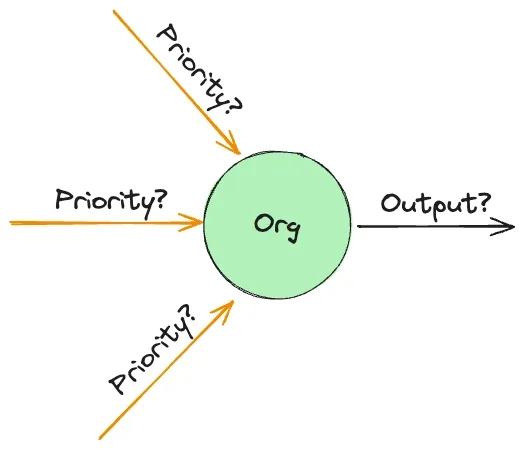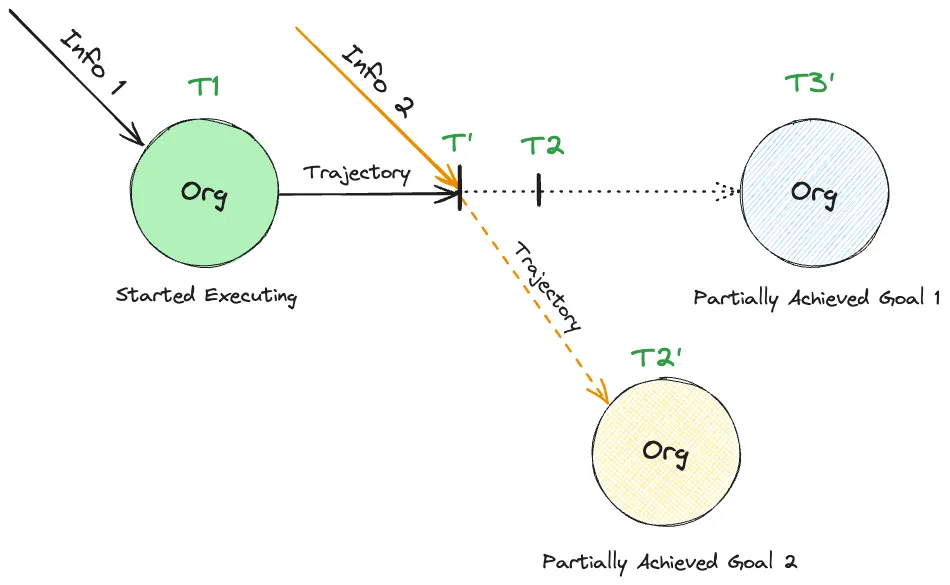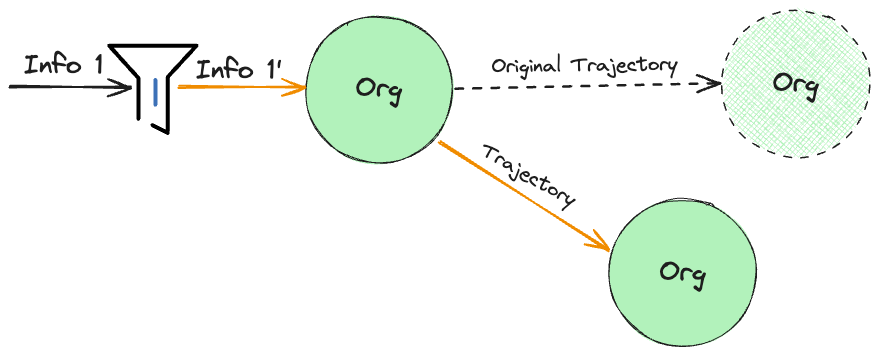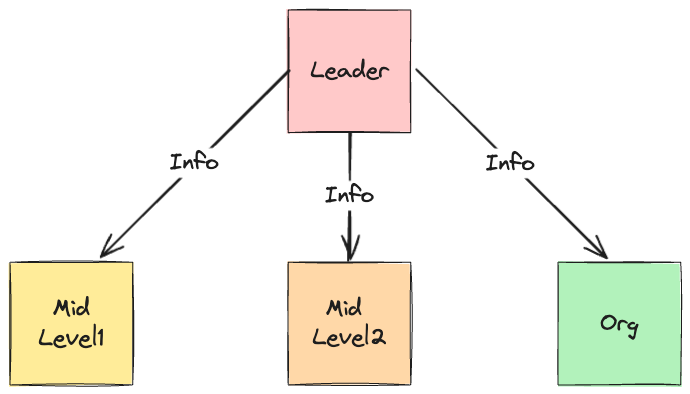

2024-09-19
Communication is the driving force behind any org’s ability to solve problems and create lasting impact. Leaders who master the art of communication set their teams up for success.
But one seldom puts a second thought on understanding what all “things” are required to be communicated and how they should be communicated ?
The article focuses on the principles and strategies that founders/leaders must adopt to enhance communication within their org to boost efficiency, speed, and overall impact.
Leaders must clearly communicate org’s goals, the strategies to achieve them, and the milestones required to execute the strategy. This needs to be reinforced regularly, along with followed-ups to ensure these messages lead to desired action and lead to desired goals.

Confusion in orgs often arises from a lack of clear and direct communication. Teams may begin working on low-impact tasks if priorities are not properly conveyed, leading to wasted effort.

Key Responsibilities of Leaders are:
Communication must be both timely and strategic, which guides the team in the right direction and minimizes distractions. The right input given at the right time, build momentum in the right direction.

If the regular trajectory of execution is interrupted (for instance with new understanding and hence require change in priorities), then, in absence of clear communications, it can result in delay or even non-achievement of the goal. Founders often face the temptation to chase after new opportunities or ideas, leaving current projects unfinished. This scattered focus can lead to inefficient execution and reduced impact.

To counter this, founders must focus on select key projects and dedicate their efforts to driving them to completion.
Guiding Principles:
Key Actions for Founders:
Communication should not just flow top-down but must include a robust bottom-ups approach as well. But, the orgs are usually setup to optimise the flow of communication from top to the bottom and let middle management handle any communications from bottom towards the top.

Employees are keen to provide feedback on decisions and in general have ideas on how to make things better. But for that to happen, they should feel comfortable communicating with leaders and that can only happen when they believe that the leaders are approachable. It’s essential to establish clear channels for feedbacks, so employees understand where to voice their opinions/concerns and what to expect.
Key Practices for Leadership:
When the information is transmitted through multiple layers of an org, there are high chances of inclusion of biases and loss of information due to various filters applied at each layer.

When orgs receive distorted or conflicting information, it impacts the overall trajectory of their output. This may lead to failed progress, reduced productivity, and possibly a lack of significant impact.

Hence, it is important, especially in startups that the communication is directly with the party it is intended for. Use written communication or group communication to scale up the dissemination of information.

Preventing Distorted Communication:
In conclusion, founders and leaders should focus on improving internal communication to ensure their teams can act swiftly and with purpose. Frequent, clear, and direct communication is the bedrock of an organization that strives to make a meaningful and lasting impact.
Takeaways for Founders:
With these principles, founders can drive their organizations toward higher efficiency, better problem-solving, and long-term growth.
At Propelr.Tech we understand the importance of building a productive and effective org. We have built highly effective orgs at our previous gigs. And based on the learnings, we know what it takes to build one. Reach out to us at [email protected] to start a conversation.